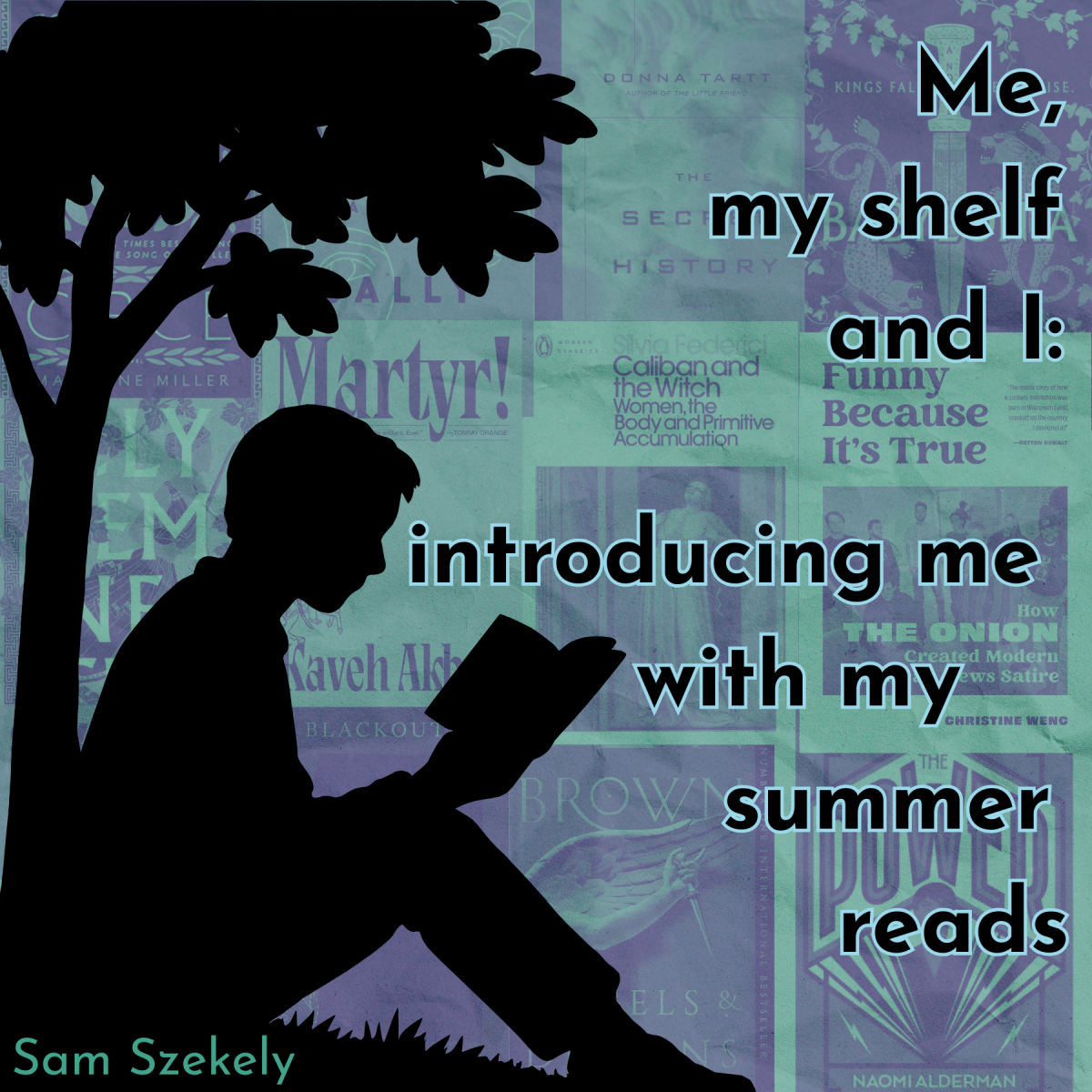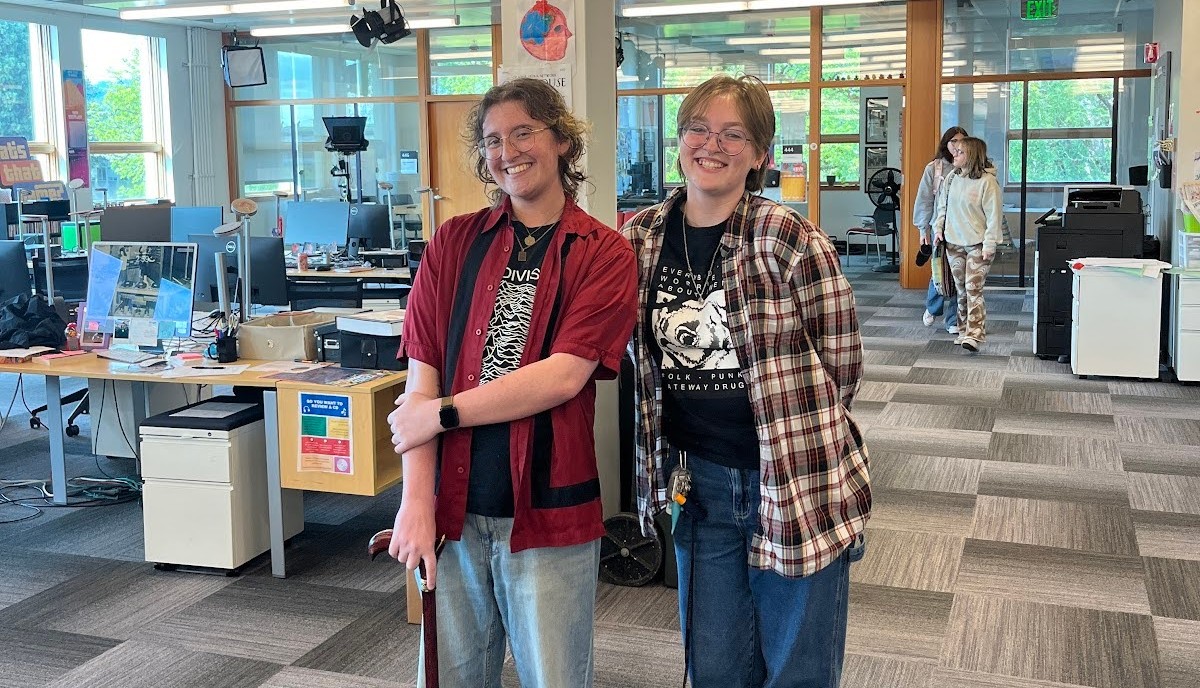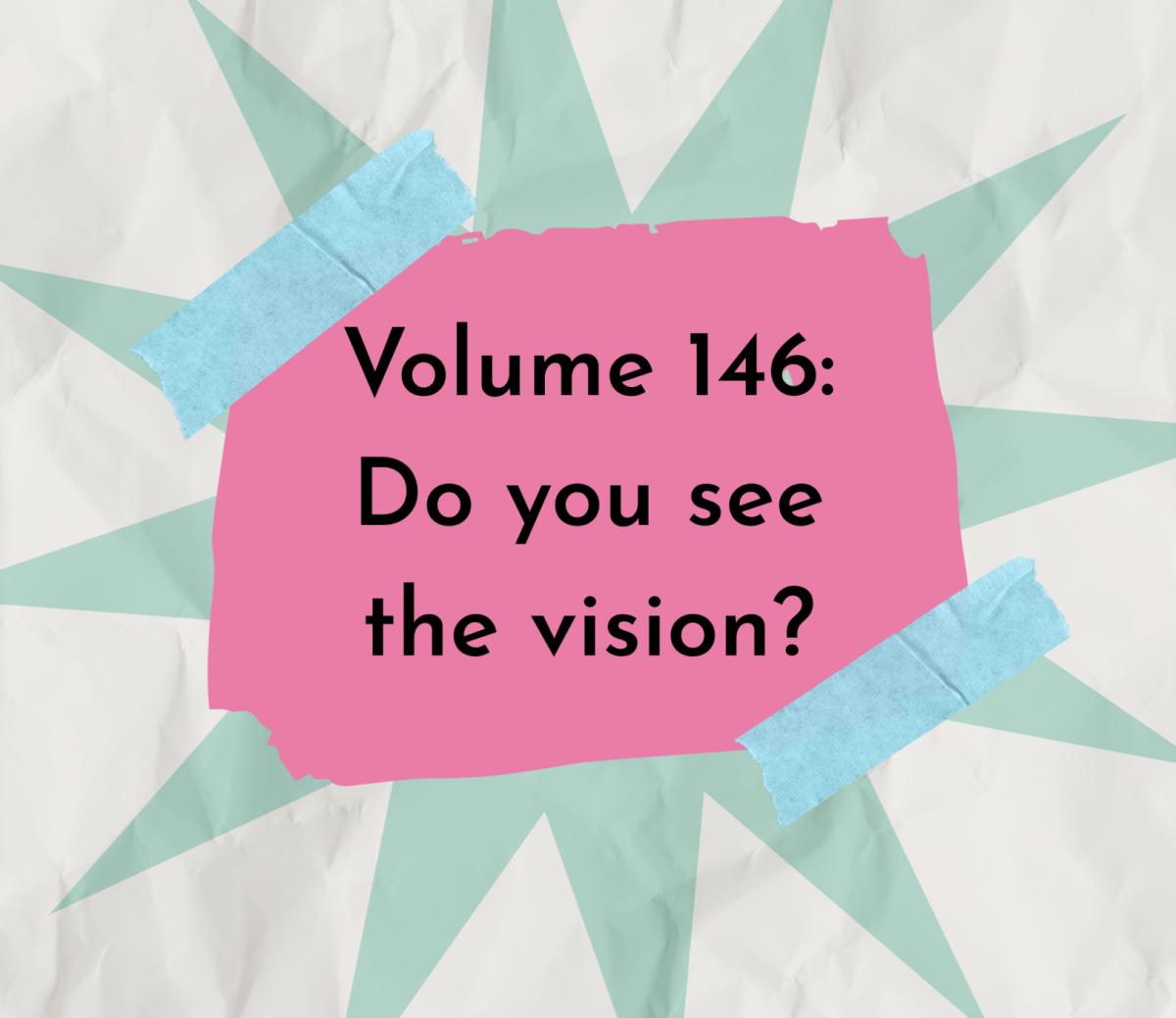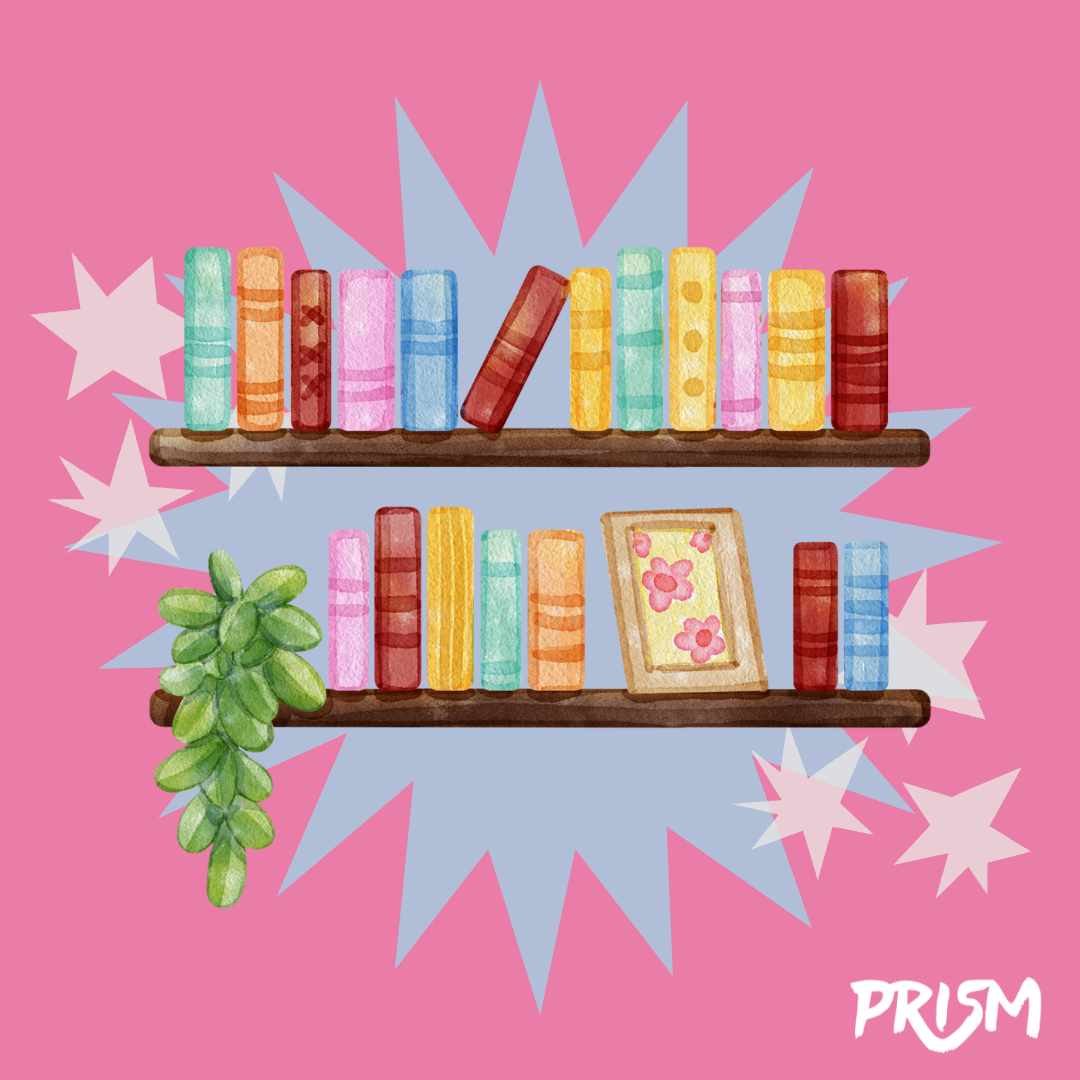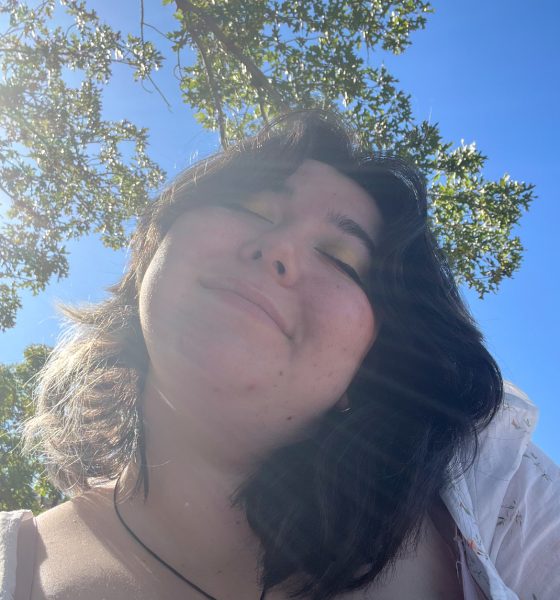Last year, I wrote a blog post covering my experience in the “Stone Award Book Club,” a 1-credit course focused on unpacking Robin Wall Kimmerer’s “Braiding Sweetgrass” and learning what it means to be in relationship and conversation with the earth. Since then, I’ve been keeping an eye on course catalogs to see if any similar opportunities would show up, and after a conversation last term with my then-academic advisor, I found one that seemed like a perfect fit. A chance to do nothing but be creative and explore my cultural roots? Check. The opportunity to attend events and meet people I never would have crossed paths with? Check. A new perspective on connection and what it means to carry something with you, no matter what you go through? ART 499 Special Topic: “Creating in Perilous Times” was a cherry on top of an interesting and dynamic senior-year course load.
The class was led by Liddy Detar, the senior manager of Curriculum, Engagement and Interpretation at PRAx, the Patricia Valian Reser Center for the Arts — aka my aforementioned ex-academic advisor to the stars. It was a small group, just under 20 of us, but for a five week class, we got a surprising amount of stuff done. The group was mostly asynchronous; we only met up three times over the course of five weeks, not including the required events. When we did get together, our discussions were centered around The Immigrant Story Project, a nonprofit organization founded in 2017 by Sankar Roman, an Indian immigrant to the United States. He began The Immigrant Story with the hope of changing attitudes in America about immigration, especially after experiencing violence and racially-motivated attacks himself. According to The Immigrant Story website’s “Our Story” page, their mission is to “foster empathy and build a more inclusive community by sharing stories of immigrants and refugees who often overcame tremendous odds to reach the United States.” The website features written, spoken and otherwise recorded stories of immigrants from all over the world who now live in Oregon. The stories are beautifully told — whether you are reading the blog-style posts, listening to the podcasts, or watching them on “The Immigrant Story Live!” —and take a listen as well to the music featured on the website.
As for the creative aspect of the class, we took inspiration from another project featured on The Immigrant Story site: “What We Carried,” an exhibit by photographer Jim Lommasson. (This project is currently featured in an exhibition in PRAx called “I Lived to Tell the World,” which is also the title of the book by journalist Elizabeth Mehren that accompanied this class.) In “What We Carried,” Lommasson asked several of the immigrants featured in The Immigrant Story to think of an object. This was a physical object, something they carried with them when they left their home country due to war, genocide, Holocaust or other intense circumstances. The object was then photographed on a white background, framed by writing in the immigrants’ own hands about the context and meaning of the object.
Looking through this part of the website feels like peeking into the heritage museums that exist in everyone’s brains. I find a stuffed dog named Wippi, bought in England for a child mourning the fact that she would never get to see her real dog again after leaving Berlin. I find a baby onesie worn by all the sisters in a family, carried lovingly from Damascus with the hope that the owner’s future children would wear it as well. I find countless Qurans, prayer books, birth certificates and photographs of family members, both those who came along and those who were left behind.
This was the question our creative practices for ART 499 asked us: What would we carry?
We were tasked with finding an object, something that travels with us wherever we go. We had no excuses; everyone has an object, whether they think they do or not. Mine was relatively easy to come to. I focused on a necklace my grandpa gave me after he returned from a trip to Paris, a necklace I haven’t taken off since I was 10. After we had our object, we needed to tell its story. We could use any form of creative expression we wanted, written or visual. I began with poetry because that’s what I know, but I wanted to push myself out of my comfort zone. I never share my paper crafts with others. I always get caught up in the usual stuff: the stage fright, the judgment, the peer review. Another part of this class was attending events at PRAx related to the Immigrant Story Project, including “I Lived to Tell the World Live,” where several of the people featured on the site came to Corvallis to tell their stories to a live audience. Those people had their comfort zones taken from them, and they were still up there, being storytellers, sharing things with us because they wanted us to listen. If they could do that, I could surely share my art with a small group of other creative students.
I ended up making a tunnel book, which is essentially a 3-D greeting card with several layers. My final poem was addressed to my grandpa, and the tunnel book incorporated images and emotional ideas from the poem in each layer. In one layer, a cactus and sagebrush; in another, a sea of rolling waves; in another, a city skyline lit by a full moon. The background was a photo from a family reunion my grandpa attended in the ‘40s when he was around six or seven.
I won’t plug my own artwork here — that’s not what sharing this experience is for — but I will say that it was weird (in the best sense, of course) to see what I’m capable of creatively when I focus on the purpose of the piece instead of the product. It’s just a necklace. How much could there possibly be to say about it? And yet, even after five weeks of writing about almost nothing but that necklace, I find myself searching for someone to listen to everything I have to share. That’s another goal of The Immigrant Story: When we listen to people’s stories, we take responsibility for them. When people share something that they carried with them through the worst of what this world has to offer, we now carry it too. This class wasn’t just about inspiration; it was about learning ourselves. We were asked what we carried. Not even why, just what. The why wasn’t the most important part of this project, because it didn’t matter why we chose the objects we did, just that we had objects to begin with. I carry a cheap necklace with a metal fairy charm, and now I write poems about her because I can’t help it. So, I leave you with the question those of us in ART 499 were asked five weeks ago, and are presumably still pondering today: What would you carry?


